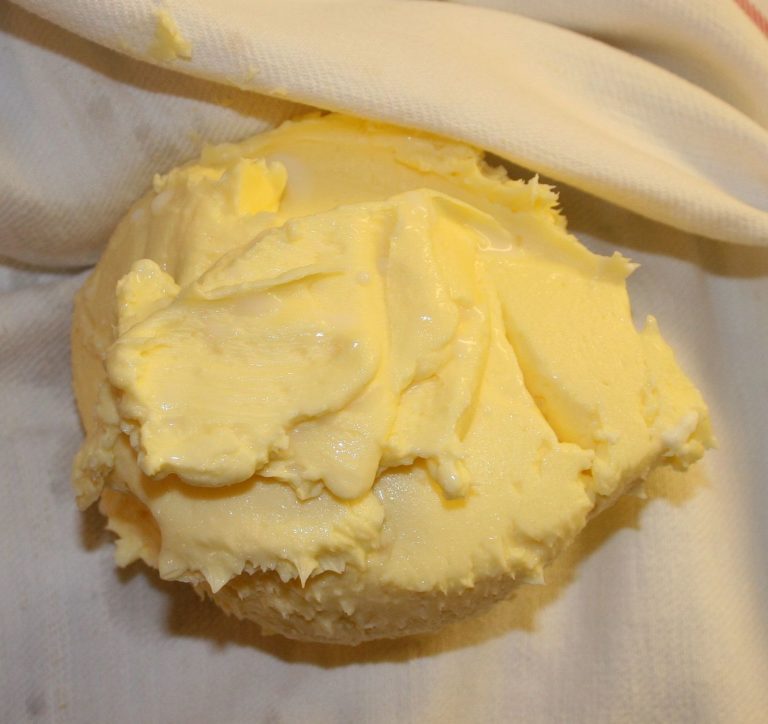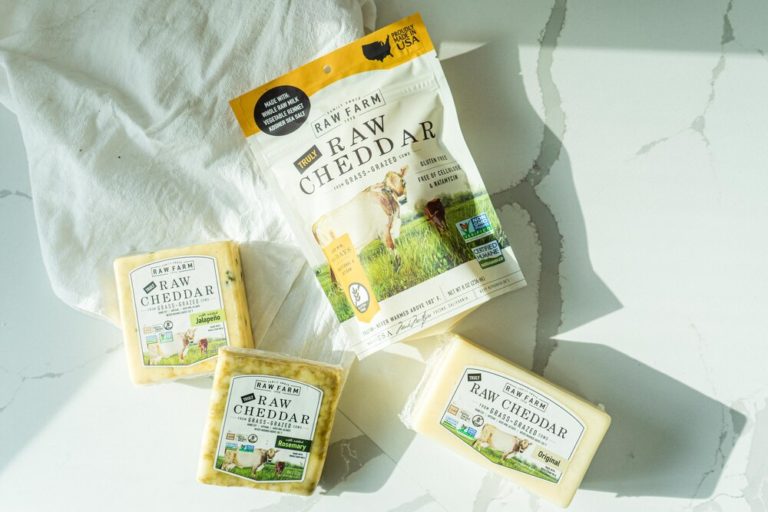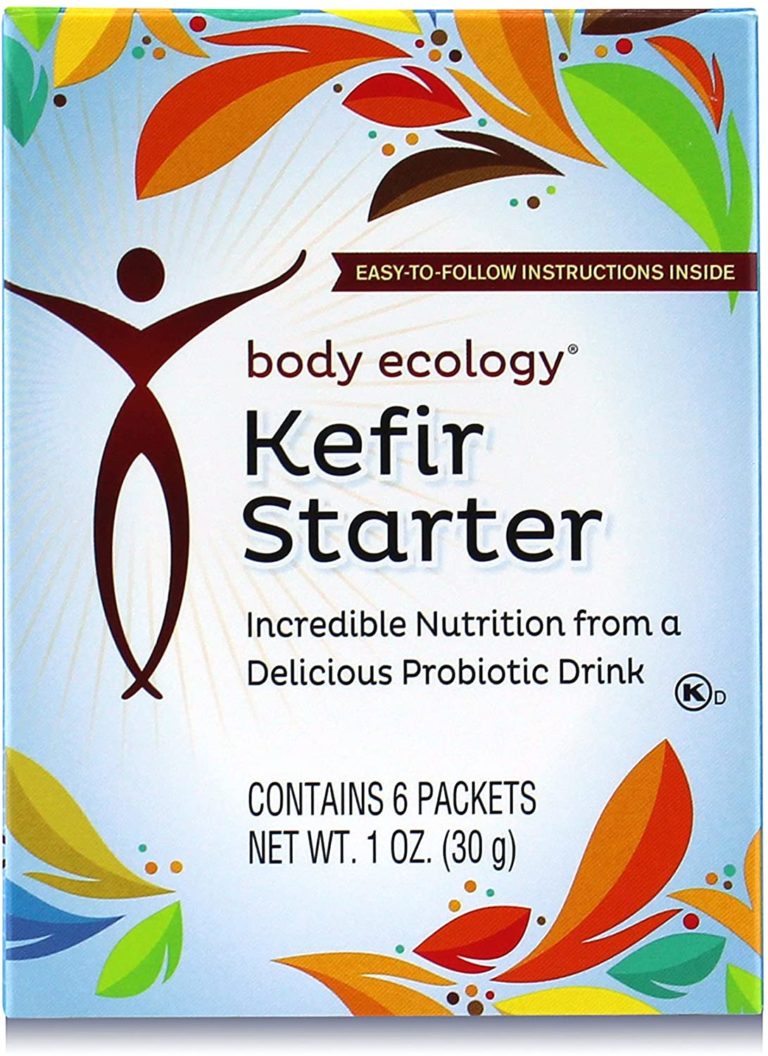How To Prepare Cultured Buttermilk
You can prepare cultured buttermilk both from animal and nut milk. Traditionally, buttermilk is what is left when making butter. I’ve prepared butter many times using fermented cream. When the cream is already fermented the buttermilk is also fermented and ready. However, most buttermilk in grocery stores is created in an industrial process. Then there’s buttermilk powder which is actually surprisingly good for baking.
Just so you know, I do get commissions for purchases made through any Amazon.com links.
What does cultured buttermilk contain?
Probiotic bacteria produce lactic acid when consuming milk sugar thus creating the acidic, tangy taste of fermented buttermilk. The acidity is what makes it so useful in baking. Casein is a protein that makes the buttermilk slightly thicker. The name buttermilk is a bit misleading as it does not contain any butter. Fat contents are actually low since most of the fat remains in the butter.
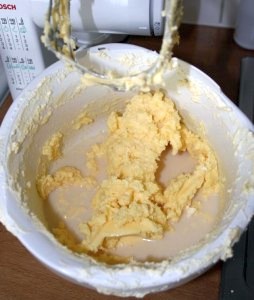
Buttermilk the traditional way
When I make butter, I like to use raw, fermented cream. The raw cream will ferment after a few days at room temperature. This is because of the bacteria naturally present in the cream. When fermented, the raw cream turns really thick like sour cream.
In the bowl to the right, you can seen how the buttermilk has just separated from the butter. The buttermilk can be stored in the fridge for up to a week. It often has a slightly sweet taste and small spots of butter floating.
This traditional buttermilk is great in everything baked.
Summary: Traditional buttermilk is a leftover when making butter. It’s slightly sweet and tastes stronger or fuller than commercial buttermilk.
Preparing cultured buttermilk from whole milk
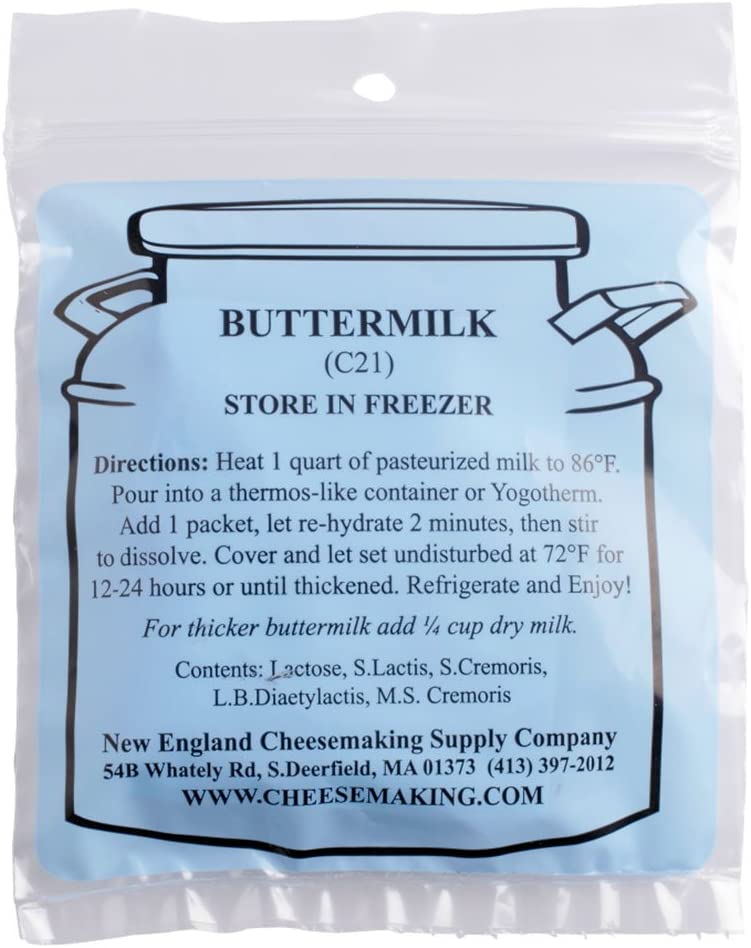
Preparing your own buttermilk has some advantages, though if you only plan to use it for baking, then buying the powder will work very well. I really like the simplicity of using the buttermilk powder mentioned further down this post.
Use standard fat milk (not light):
- A buttermilk culture starter
- 4 cups whole milk
- A mason jar
Directions: Stir the starter culture into the milk. Cover it with a towel or lid but avoid capping it tightly. Let it sit at room temperature for 12-24 hours. The buttermilk will become thicker and slightly tangy. Store for up to one week.
Summary: Buttermilk is a light version of yogurt. It excels in everything baked.
How to use almond milk
If you have a slow juicer, then it’s easy to make superb almond milk. Otherwise, use store-bought almond milk.
Directions
- About 1 cup almond milk
- Add 1 tablespoon lemon or lime juice, or raw apple cider vinegar
- Let it sit 5-10 minutes until the milk thickens
- Use this milk in the same amount as buttermilk in baking recipes
Buttermilk is great in baking
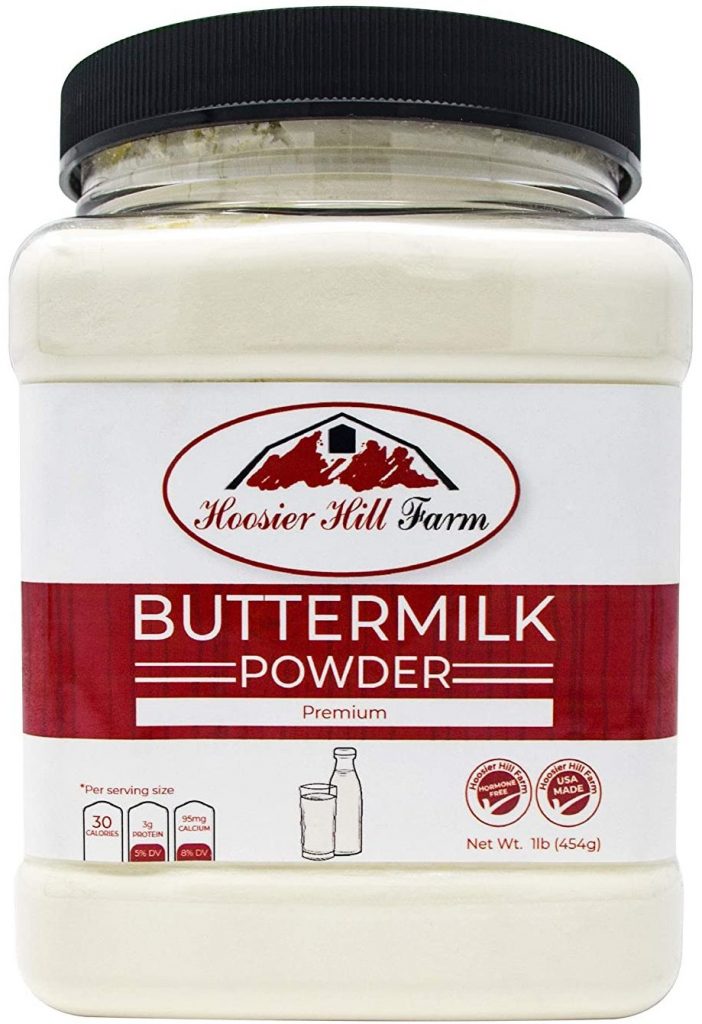
Buttermilk in baking adds a pleasant, subtle tang to cakes, breads, biscuits, pancakes, and even in dressings. Because buttermilk is an acidic ingredient, it adds a soft, rich, creaminess to whatever you’re baking. Buttermilk gives it more body. Biscuits become more rich and flaky, it helps bread to rise. And buttermilk pancakes has a different texture and fluffiness that many love!
In short, you really should try buttermilk in cooking.
Powdered buttermilk is a good option for baking. This powder is made from the liquid that’s left after churning butter. Add 3 tablespoons of powder to about a cup of water depending on how thick you want it. The powder keeps for several years.
If a recipe calls for buttermilk but you have none at home, then try using natural standard or Greek yogurt. Usually, you use the same amount of yogurt as you would buttermilk. If you don’t have yogurt at home, try a last resort—a blend of one cup of milk and a tablespoon lemon juice or white vinegar.
Summary: Buttermilk can take whatever you’re baking to greater heights. It makes most breads, muffins, and cakes taste and look better. Pancakes get a nice texture and greater fluffiness. Even dressings get an excellent taste and creaminess when using buttermilk.
FAQ
It adds a subtle tang and increases the rise together with baking soda. You can also use buttermilk in meat marinades before frying. It’s great in dressings.
It’s possible but thawing can be problematic as the buttermilk easily separates. Some say thawing in a microwave helps.
5-7 days in a fridge. It’s might still be fine to use after 7 days but it will become tangier the longer you store it. The acidity of buttermilk is what helps preserve it longer. When buttermilk turns bad, it looks grainy and has an unpleasant smell.
